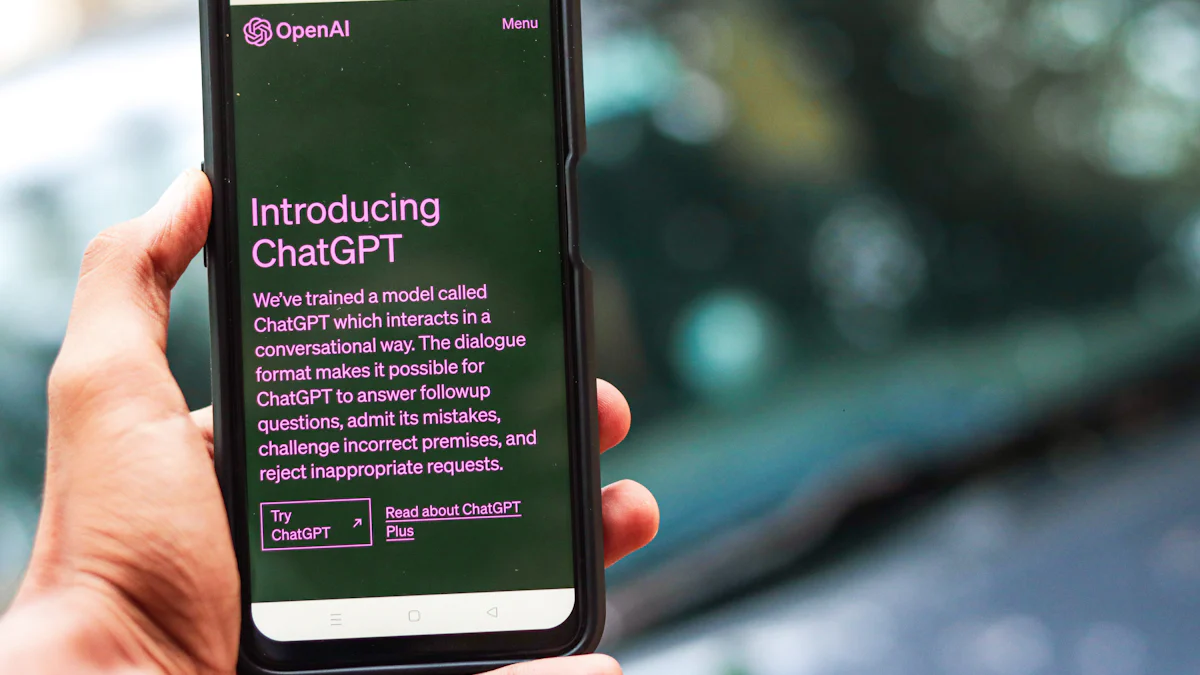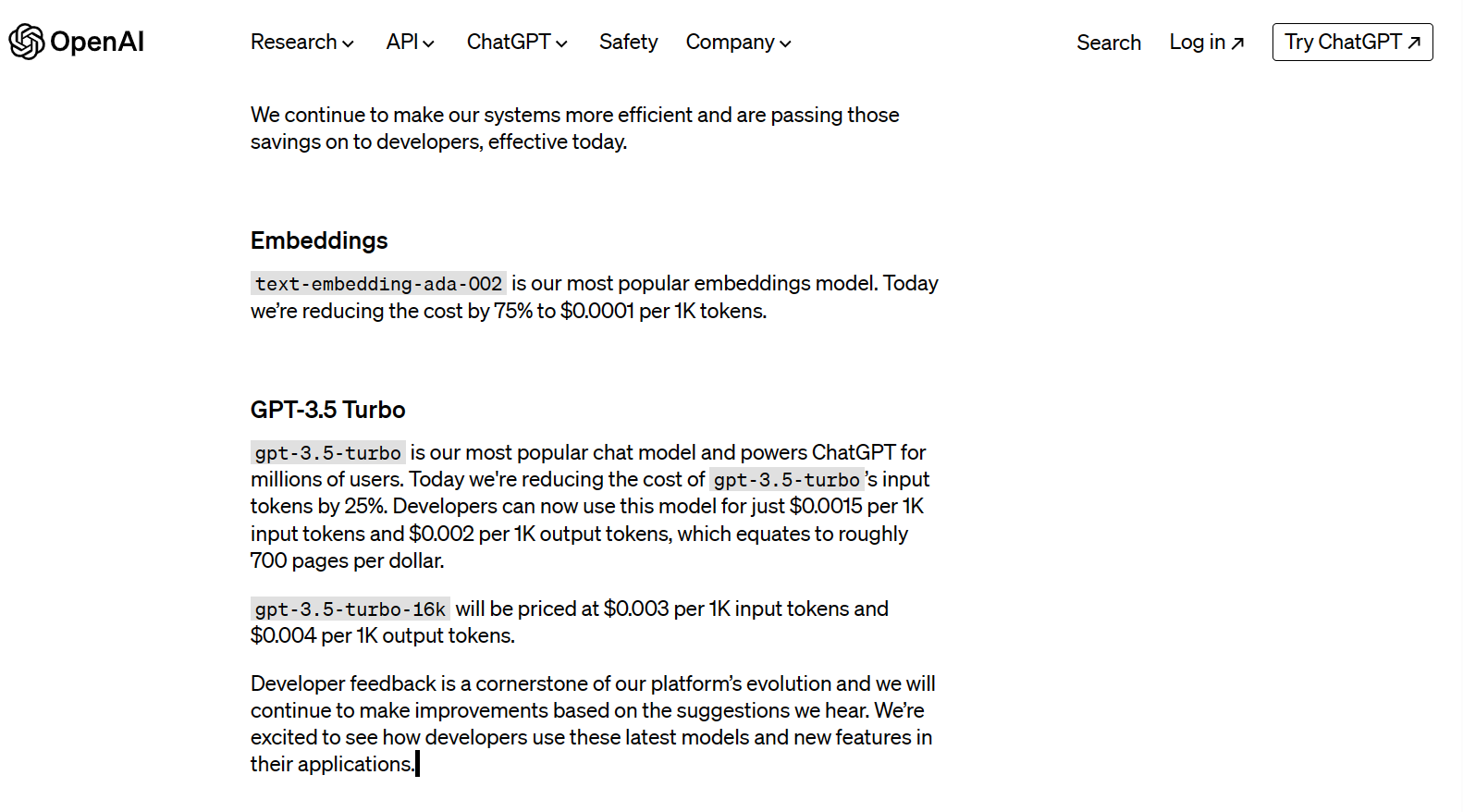Understanding ChatGPT Billing: A Complete Guide for 2024

ChatGPT Billing Overview
In this comprehensive guide, we delve into the intricacies of the ChatGPT API's pricing structure and billing aspects. This knowledge is indispensable for businesses and developers alike. Understanding the ChatGPT billing structure is pivotal in effectively managing costs and optimizing API usage. By exploring the pricing models and token limits, readers can make informed decisions tailored to their specific needs and budget.
Key Insight: Understanding the billing structure of ChatGPT API is crucial for businesses and developers to effectively manage costs and optimize API usage.
Now let's move on to the next section!
ChatGPT Pricing Structure
Understanding ChatGPT Pricing
The pricing structure of the ChatGPT API is designed to be versatile, accommodating various usage needs. Different pricing tiers are available to cater to different levels of API usage, ensuring flexibility for businesses and developers. This approach allows users to select a plan that aligns with their specific requirements and budget, providing a tailored experience for each user.
Factors Affecting ChatGPT Pricing
The billing structure of the ChatGPT API is influenced by several key factors, including token limits and usage costs. Token limits refer to the maximum number of tokens that can be processed within a given timeframe, while usage costs are determined by the volume of API requests and processing involved. Understanding these factors is essential for optimizing API usage and effectively managing billing. By grasping these elements, businesses and developers can make informed decisions regarding their API usage and associated costs.
"The pricing tiers offered by ChatGPT allow businesses and developers to choose a plan that best suits their specific needs, ensuring flexibility in API usage."
API Token Pricing Models
Overview of API Token Pricing
The API token pricing models offered by ChatGPT present diverse options for businesses and developers. These models are designed to accommodate varying usage needs, providing flexibility and customization. By understanding the different pricing models, users can effectively select the most suitable option based on their specific usage requirements and budget constraints.
When considering the API token pricing, it's crucial to evaluate factors such as the volume of tokens required, frequency of usage, and the associated costs. This evaluation enables businesses and developers to align their choice with their unique demands, ensuring that they maximize the value obtained from the API while managing costs efficiently.
Comparing API Token Pricing Models
Evaluating the pros and cons of each API token pricing model is essential for making well-informed decisions. Each model comes with its own set of features, limitations, and cost structures. By delving into these aspects, users can gain insights into the key considerations for each pricing model. This comprehensive understanding empowers businesses and developers to make strategic choices that align with their specific goals and financial parameters.
The comparison of API token pricing models provides a valuable framework for decision-making, enabling users to weigh the benefits against the costs effectively.
Managing Usage Costs
Understanding Usage Costs
When it comes to managing usage costs, it's crucial to have a clear understanding of the factors that contribute to overall expenses. The key elements that impact ChatGPT usage costs include the volume of API requests, token utilization, and the complexity of tasks performed using the API. By comprehending these factors, businesses and developers can gain valuable insights into the components driving their usage costs.
Strategies for Cost Management
Implementing effective strategies is essential for optimizing API usage and reducing overall costs associated with ChatGPT. One approach involves closely monitoring and analyzing the patterns of API usage to identify potential areas for optimization. Additionally, leveraging caching mechanisms and optimizing the efficiency of API requests can contribute to reducing ChatGPT costs. Furthermore, considering task complexity and exploring ways to streamline processes can lead to more efficient resource utilization and cost management.
By implementing these strategies and continuously evaluating usage patterns, businesses and developers can effectively manage their ChatGPT usage costs while ensuring optimal performance from the API.
Optimizing API Usage
Maximizing API Efficiency
When it comes to maximizing API efficiency, businesses and developers can employ several strategies to ensure optimal performance while minimizing costs. One key approach is to streamline the integration of ChatGPT API into existing workflows, ensuring that the API is utilized effectively without unnecessary redundancies. Additionally, optimizing the code for API requests and responses can contribute to faster processing times and reduced resource consumption.
Another essential aspect of maximizing API efficiency involves implementing intelligent caching mechanisms. By caching frequently accessed data or responses, businesses and developers can minimize the need for repeated requests, thereby reducing latency and improving overall system responsiveness. Furthermore, leveraging asynchronous processing where applicable can enhance efficiency by allowing concurrent execution of tasks, leading to faster completion times.
Utilizing API Features
Understanding the full range of features offered by ChatGPT's API is crucial for businesses and developers seeking to leverage its capabilities effectively. By exploring the various functionalities such as language translation, content generation, summarization, and more, users can identify opportunities to integrate these features into their applications or workflows. This comprehensive understanding enables businesses and developers to harness the full potential of ChatGPT's capabilities while addressing specific use case requirements.
Moreover, staying informed about updates and additions to the API features allows users to adapt their utilization strategies accordingly. Keeping abreast of new features empowers businesses and developers to explore innovative ways of integrating ChatGPT into their products or services, ultimately enhancing value delivery and user experiences.
ChatGPT Billing Best Practices
Best Practices for Cost Optimization
Implementing best practices is essential for businesses and developers to effectively optimize their ChatGPT usage costs. By adopting the following strategies and recommendations, users can manage their expenses efficiently while maximizing the value derived from the API:
Regular Usage Audits: Conduct regular audits of API usage patterns to identify opportunities for optimization. Analyzing usage data can reveal trends, peak usage periods, and areas where resource allocation can be adjusted to minimize costs.
Task Complexity Evaluation: Evaluate the complexity of tasks performed using the ChatGPT API. Streamlining processes and optimizing task workflows can lead to more efficient resource utilization, ultimately reducing overall costs.
Resource Caching: Implement intelligent caching mechanisms to store frequently accessed data or responses. This reduces the need for repeated requests, minimizes latency, and contributes to cost savings by optimizing resource consumption.
Optimized Code Structure: Ensure that code for API requests and responses is optimized for efficiency. Well-structured code can lead to faster processing times, reduced resource consumption, and lower associated costs.
Performance Monitoring: Continuously monitor API performance metrics such as response times and error rates. This proactive approach allows businesses and developers to identify potential bottlenecks or inefficiencies in real-time, enabling timely adjustments to optimize costs.
Ensuring Billing Compliance
Adhering to billing best practices and compliance standards is crucial for effectively managing ChatGPT costs while ensuring accuracy and regulatory adherence. The following insights are essential for maintaining billing compliance:
Accuracy in Billing Records: Maintaining accurate records of API usage, billing transactions, and associated costs is fundamental in ensuring billing precision. Clear documentation facilitates transparency and aids in resolving any discrepancies that may arise.
Compliance with Regulatory Standards: Staying abreast of industry regulations and compliance standards pertaining to billing practices is imperative. Adhering to these standards not only ensures legal compliance but also fosters trust with customers by demonstrating a commitment to ethical business practices.
By implementing these best practices and prioritizing billing compliance, businesses and developers can navigate ChatGPT's billing structure effectively while upholding integrity in their financial operations.
ChatGPT Billing Wrap-Up
In summary, this comprehensive guide provides readers with the necessary knowledge and insights to effectively manage ChatGPT billing and usage costs. Understanding the pricing structure, token limits, and best practices is essential for making informed decisions when utilizing the ChatGPT API. By implementing the strategies and recommendations outlined in this guide, businesses and developers can optimize their API usage and effectively manage their ChatGPT billing.
Key Takeaways:
Effective management of ChatGPT billing and usage costs is crucial for businesses and developers.
Understanding the pricing structure, token limits, and best practices empowers informed decision-making.
Implementation of recommended strategies enables optimization of API usage while managing ChatGPT billing effectively.
By embracing these insights, businesses and developers can navigate the complexities of ChatGPT billing with confidence, ensuring cost-effective utilization of this powerful AI tool.
See Also
Setting Work Hours in Outlook: The Ultimate 2024 Guide
Conversing with Your Data: Complete Training Guide for Custom AI ChatGPT
Training ChatGPT: Personalized Data Step-by-Step Guide
Enhancing Online Support: Facebook Live Chat Support with AI-Powered ChatGPT
Creating a ChatBot using ChatGPT and Zapier: Step-by-Step Tutorial


